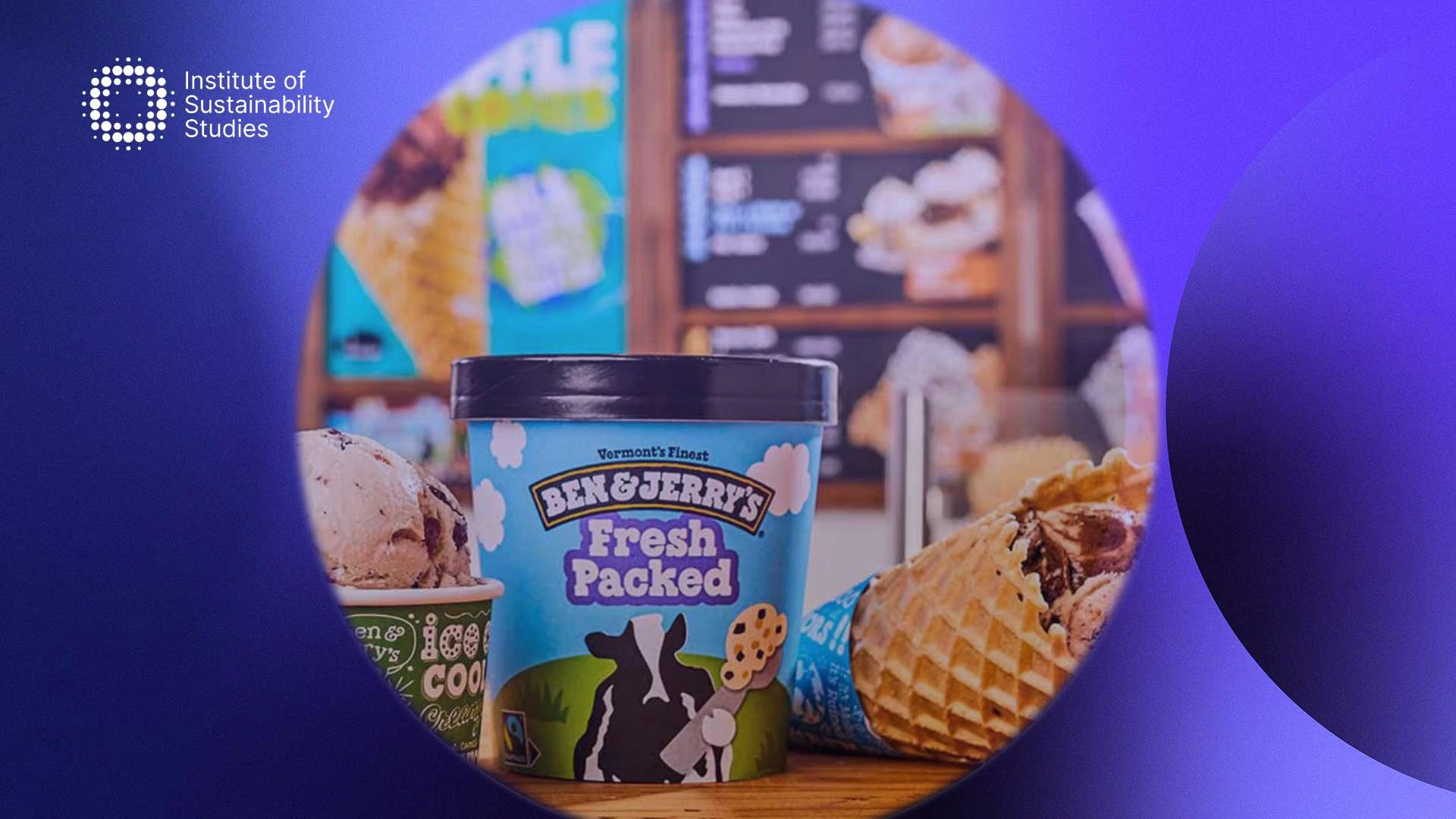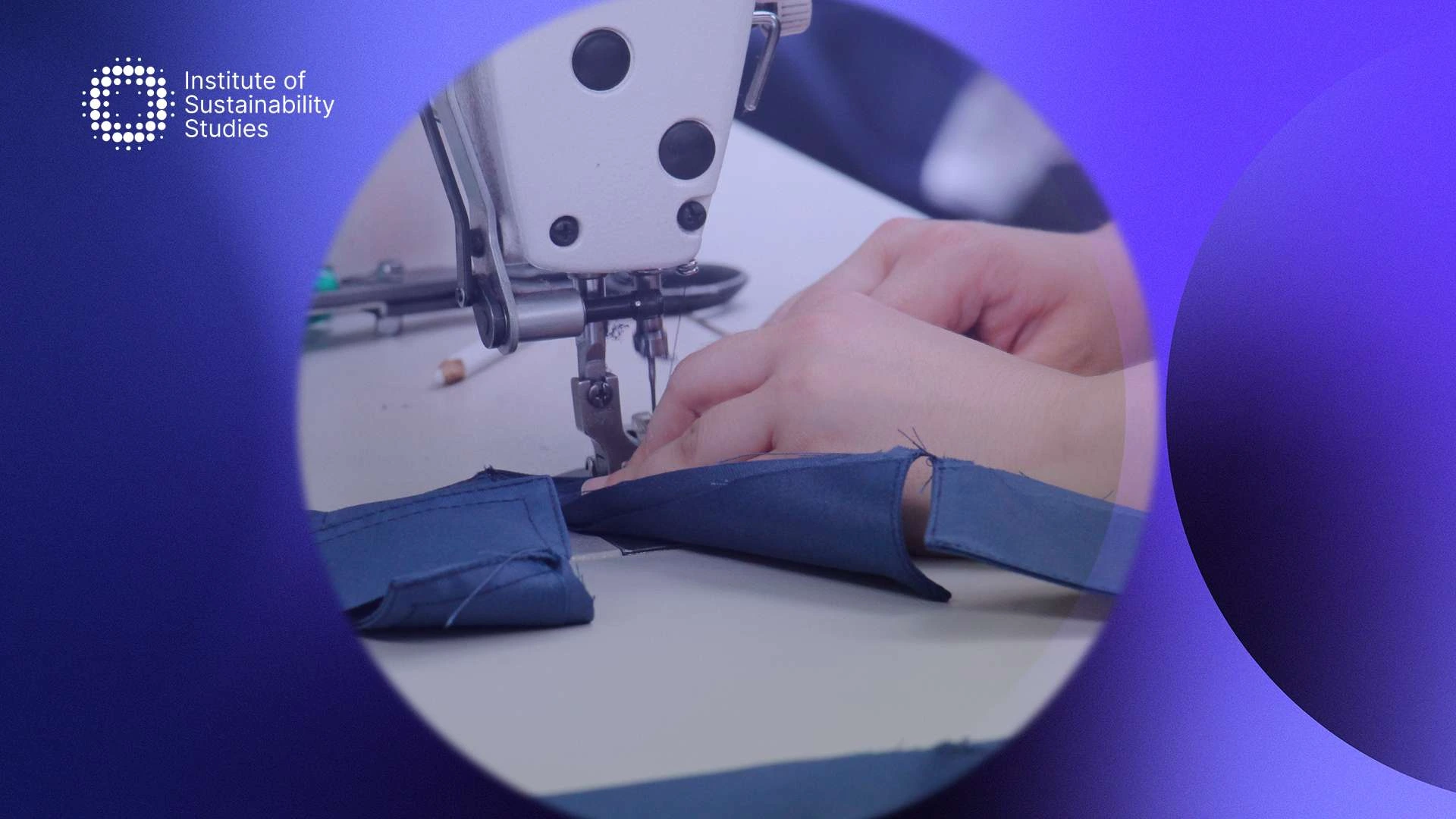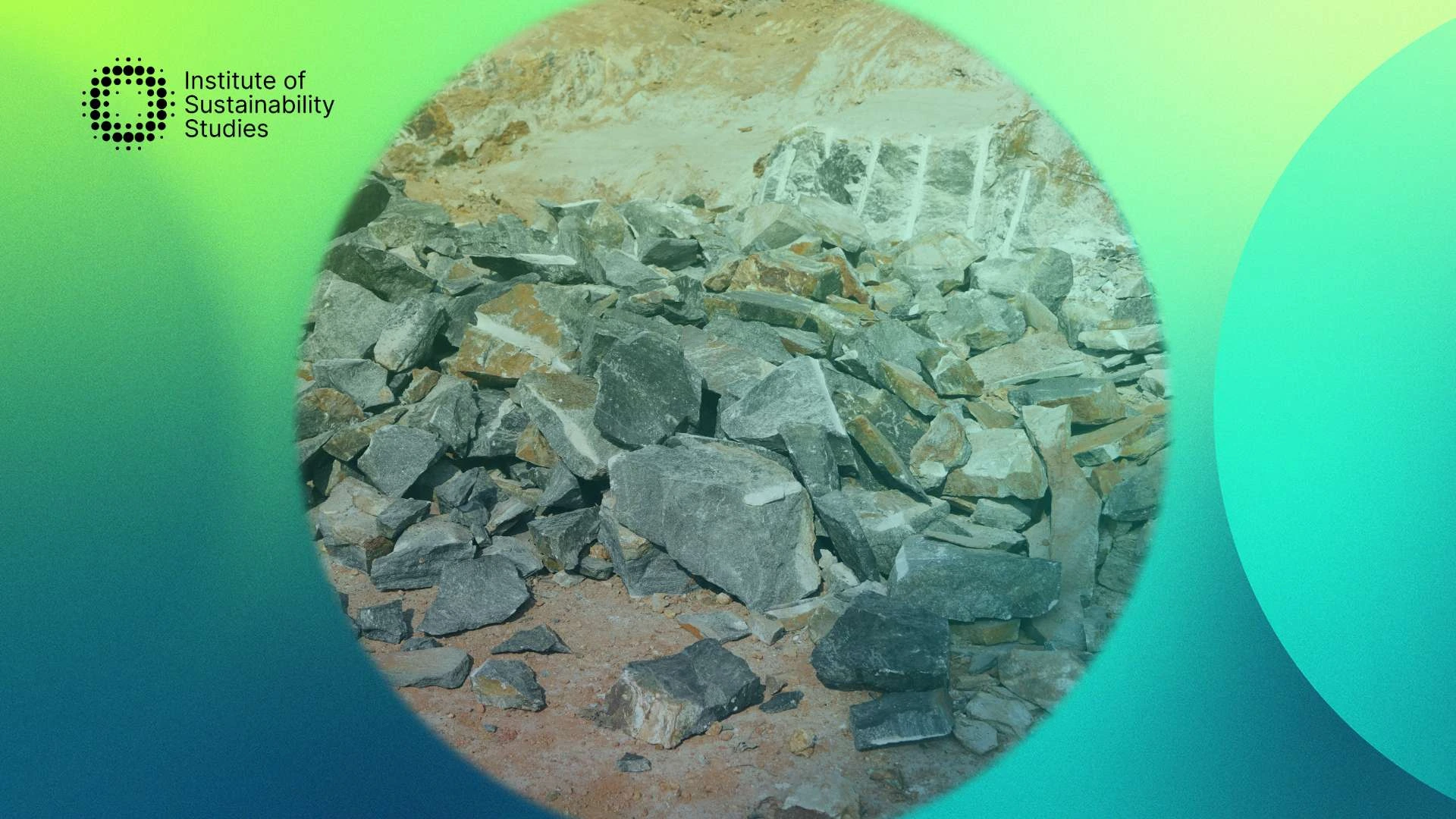A sharp buildup of greenhouse gases (GHG’s) in earth’s atmosphere has unfortunately become the world’s top priority. This phenomenon has already begun to change our climate in Ireland. As countries search for an answer, circular economy business models offer a way to tackle these dangerous levels of greenhouse gases.
The food systems sector contributes one third of global greenhouse gases, making it a key target for greenhouse gases reduction activities. Agriculture, which is of vital importance to the Irish economy, falls into this sector. From 1990 to 2010, global agricultural emissions increased by 8%. They are expected to grow 15% by 2030 (above 2010 levels) when they will amount to nearly 7 billon tonnes per year.
This article examines the various sources of greenhouse gases in food production. It highlights some innovations and sustainable supply chain technologies that can help this crucial sector to find a new way forward.
The role of agriculture
Agriculture sits at the very beginning of the food production process. It therefore offers a lot of potential to reduce impact along the value chain. Throughout the world, various agricultural activities that emit greenhouse gases could be improved with new practices. These activities include:
- Land use changes
- Deforestation and soil degradation from crop growing, which removes carbon from the soil and reduces its fertility
- Livestock keeping and feeding
- Water use – agriculture uses 70% of the world’s fresh water
- Transport, refrigeration of food and removal of waste
- Biodiversity loss, as natural habitats are lost to farming practices
It’s not just about CO2
GHG gases include more than CO2. Agricultural emissions are high in non-CO2 gases such as methane (CH4) and nitrous oxide (N2O). In fact, 65% of those emissions come from methane, (cattle rearing) and nitrous oxide (use of fertilisers). Smaller sources include manure management, rice cultivation, field burning of crop residues, and fuel use.
Learn to align food industry practices with sustainability goals through our expert-led Diploma course
Innovative technologies that offer an answer
As food production navigates a changing world, new ideas and clean technologies offer a path towards a more sustainable future. A range of innovations are now in play and they span the entire food production chain, from farm to table. Some of these new options are outlined below.
When it comes to growing, manufacturing or even packaging of food products, many of these new ideas are set to become common practice within the next decade. SMEs working in this sector should be aware of these developments and begin to plan for the potential impact on their business.
Alternative proteins
Massive consumer demand for alternative proteins has secured their place on supermarket shelves. Globally, meat substitutes are projected to grow from $5.88 billion in 2022 to $12.30 billion by 2029.
Biomanufacturing innovations such as insect-based proteins and lab-grown meat help to reduce methane emissions from cows. Lab-grown meat use 96% less water, produces up to 96% fewer emissions, and can need 99% less land than traditionally reared equivalents. Incredibly, these products can also be 3D printed, Japanese researchers have done a world first by printing wagyu beef.
The global dairy alternatives market size is also substantial. It’s projected to grow from $25.2 billion in 2021 to $68.79 billion by 2030. This will have obvious implications for dairy farmers.
For any SME considering their options in a changing landscape, alternative proteins offer a lucrative and scalable market.
Vertical farms
As the world’s population grows, space comes increasingly at a premium. That’s a big issue for food production, which generally requires vast expanses of land. Vertical farming offers a way to use less land and water resources, while maintaining yields.
A good example would be the world’s biggest vertical farm, which operates in Lincolnshire, England. This 13,500 sqm facility uses only green energy and requires 95% less water than traditional farming. Aside from less land use, vertical farms also facilitate farming closer to cities. That means less transport and storage, further reducing emissions from the sector.
Renewable energy
Powering machinery and other installations to produce food also releases emissions. Relatively clean technologies such as solar power or wind turbines help to reduce that burden. With breakeven time on buying them falling rapidly, they also make more economic sense than ever before. Renewable energy sources are growing in scale. They are also the focus of EU initiatives that include providing financial support to make the switch from fossil fuels.
Ireland’s use of renewables is set to grow even more in the future. For an SME, these new energy sources offer a way to cut energy costs, meet emissions targets, and avail of grants or supplements.
High-pressure food processing
HPP is a non-thermal food preservation technique. By applying intense pressure to a food product for a fixed time, it kills microorganisms that spoil food. There are also minimal effects on taste, texture, appearance, or nutritional value.
HPP can be used at different steps of the food chain. It works for pre-packed products, raw materials and processed foods. Its capacity to extend food expiration dates with less use of chemicals could be very relevant for SMEs. The resulting products have less environmental impact and last longer on the shelf. That has benefits in terms of gaining consumer buy-in and practical activities like inventory, transportation, or storage.
Forward osmosis
In food processing plants, the concentration process keeps food products fresh. Forward osmosis is a relatively new technique that uses membrane technology to concentrate liquids, while allowing food to retain nutrients better throughout processing. The result is a higher-quality product than those made with traditional concentration methods.
This process can be done without significant pressure or heat so it uses much less energy, with benefits for emissions and fuel costs.
Drones
Drones capture aerial imagery, which helps producers to examine crops, manage livestock, and map irrigation. A new trend of ‘precision farming’ has emerged where drones play a key role. Using technologies such as thermo sensors, they can reveal areas of land that may need more attention. They can even spray crops, reducing the need for heavy machinery to do that work.
Drones are increasingly ubiquitous in food production and it’s likely their prices will continue to drop as their popularity increases further.
Smart irrigation systems
Wireless and remote irrigation monitoring systems offer a way to make smarter decisions on water usage. This innovation uses sensors to monitor soil, plant, and weather conditions, helping to target the application of water. Sensors can monitor micro-climate data, pH levels in the soil and even the movement of livestock. This is particularly helpful in very large farms with a lot of land area. Not having to run a vehicle to survey land will further reduce emissions and cut fuel costs.
Monitoring aside, getting water to each plant, especially the root system, has generally been done via open channels and furrows. This is inefficient as water often evaporates too quickly, especially in today’s rising global temperatures. Closed-loop irrigation systems offer a smarter way to get water to plants that need it.
As water resources become increasingly valuable, optimising their usage will be key.
Farming robots
Keeping with the concept of precision farming, robots can be deployed to do things like apply pesticides in a targeted way, rather than spraying from a tractor. There’s no need to drive a human passenger on these vehicles either, making them much lighter than other farm machinery. They are also less inclined to compact the soil and create a solid surface. That has the benefit of reducing runoff from rain and other water sources, which is a major factor in flooding and river pollution.
New forms of packaging
Sustainable and antimicrobial food packaging are growing fields of research as consumers demand safer food coverings with less consequences for the natural environment. Various new forms of packaging are being designed to cut waste by preserving shelf life. Other options are being developed to reduce environmental impact via biodegradable alternatives.
Before making large investments in packaging solutions, an SME should be aware of these developments. It’s important to ensure that packaging process investments will stand the test of time. Already, the use of certain materials such as PFAS has come under increasing scrutiny worldwide. It’s a good idea to be aware of new or emerging EU directives and updates to international legislation. This will help to prevent losses if a particular material or technique becomes obsolete, or no longer legal.
Learn to embed sustainability across food production, processing, and supply chains with an online, self-paced, accredited course
Looking ahead
Food production is a crucial topic for our world, especially for OECD countries, who account for around 40% of world production of agricultural commodities, and about three-quarters of its trade. While it is a big emitter of GHGs, the food industry’s connection to land and nature puts it in a good position to support conservation. Many of its workers understand nature’s cycles, and weather patterns (albeit now altered by climate change). Often, this is knowledge that’s been built up over generations.
The expertise and intrinsic knowledge within the sector, combined with sustainable supply chain technology can drive its transformation. Food systems may have its problems, but it’s a sector we cannot live without. It feeds the world. The application of new innovations and smart technology will ensure food production can continue the invaluable work it does. Activities such as agriculture can thrive and continue to support livelihoods the world over, just in a more sustainable, circular way. Achieving this balance will also strengthen the very foundations of food production and preserve it for future generations.
Jenny Linnane Maat is an Irish marketing specialist based in the Netherlands. With almost a decade of experience in sustainability comms, she supports organisations such as Cradle to Cradle, ZDHC and the Implementation HUB.
- Jenny Matthttps://instituteofsustainabilitystudies.com/insights/author/jenny/
- Jenny Matthttps://instituteofsustainabilitystudies.com/insights/author/jenny/
- Jenny Matthttps://instituteofsustainabilitystudies.com/insights/author/jenny/










